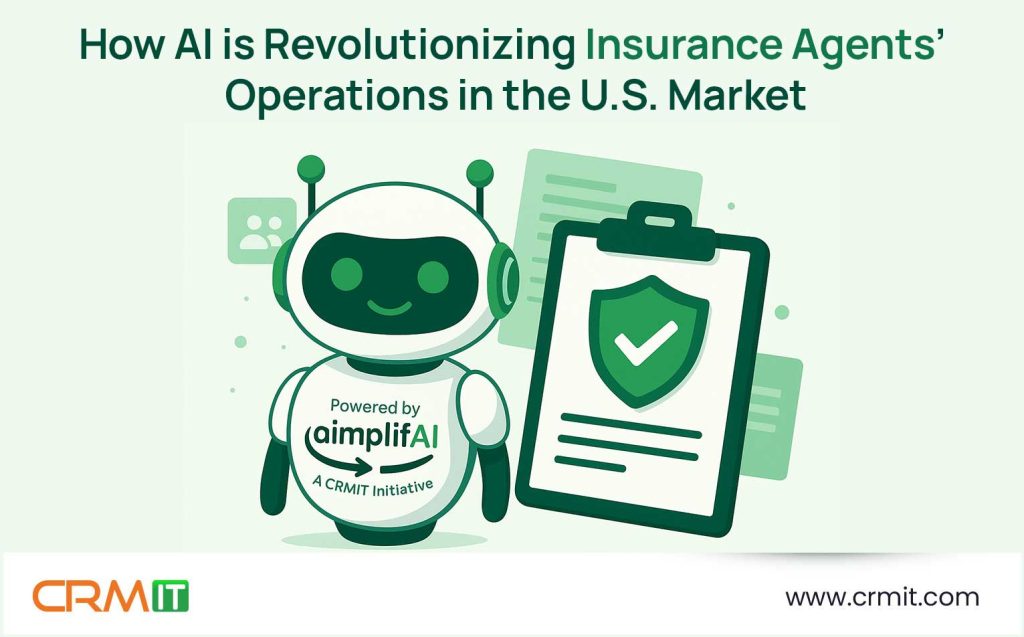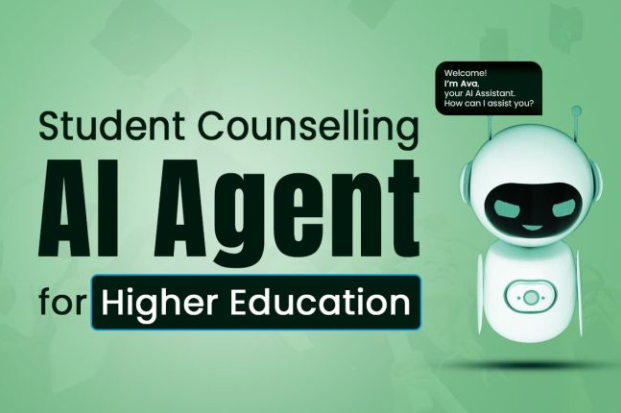Empowering Higher Education: How Agentic AI Tools Personalize Learning, Support Faculty, and Modernize Operations

AI-driven higher education is no longer science fiction—yet—it’s a strategic imperative. For decision-transformational institutions of higher education, AI-first companies, and data-to-decision systems, partnership with agentic AI tools is a game-changer. What follows is how organizations can tap into best-in-class agentic AI for institutions of higher education and introduce intelligent, scalable innovation—sales pitch-free.
1. Agentic AI for Education

“Autonomous AI agents” that can act proactively, contextually in real-time environments are “Agentic AI For Education.” Advanced education AI agents are able to:
Individualize learning pathways based on performance, style of learning, and interest.
- Support teachers’ work by freeing them from paperwork like grading, scheduling, and feedback
- Simplify processes from admissions through to student retention, facilitating real-time data-driven decision-making.
- Optimize operations from admissions to student retention, helping make informed decisions in real time.
When institutions and schools invest in the best AI agents, they adopt an AI-first culture that repositions them from passive planners to active data-driven innovation leaders.
2. Personalization With the Best Agentic AI for Institutions
Personalization is at the center of the new learning experience. Let us understand how agentic AI brings this revolution to us
- Adaptive Learning Paths: Computer agents monitor learners’ learning deficit, mastery, and habit in the guise of content adaptation. For instance, a student with calculus problems is shown interactive micro-lessons or drill-and-practice with immediate feedback.
- Dynamic Assessment Instruments: Static, one-size-fits-all quizzes are now a thing of the past. AI facilitates adapting on topic and difficulty in real-time, and even formative tests that truly measure students’ mastery.
- Multimodal Support: The ideal agentic AI for schools can listen to questions asked by students via text, voice, or images—replying in a timely manner to query or assistance requests.
With such technology, schools are “Data to decision” school culture—leveraging real-time analytics to provide personalized learning and boost engagement on an individual level.
3. Smoother Faculty Support: Better Teaching, Less Admin
Less time spent on forms, more time teaching, staff’s worst nightmare. Agentic AI can lighten the following loads:
- Automated Grading & Feedback: AI agents will grade factual work and contextual feedback can be written on essays, minimizing turnaround time while optimizing consistency.
- Content Development Support: Need to re-write a practice problem or author lecture? Let AI help with writing outlines, building examples, or even creating multimedia clips to address curriculum requirements.
- Scheduling & Communication: Agents can offer office hour time slots, invite students to come by, and answer daily student questions—liberating faculty to focus on teaching and advising.
Agents are a manifestation of decision transmutation: unshackling faculty to excel at what they excel at—improving learning—instead of administrative tasks.
4. Refashioning Higher Education Operations: From Admissions to Retention
Beyond the classroom, agentic AI can reinvent significant administrative processes:
- Admissions Insight: Casting mass e-mail campaigns, student interest is monitored by agents and communications are addressed individually based on customized content—improving reach and yield.
- Retention Analytics: AI agents identify early warning indicators such as flagging grade, attendance, or participation, and hence early intervention and direct communication become possible.
- Resource Optimization: From staffing schedules to lab scheduling, AI aids organizations in making decisions where to spend money, when to schedule labs, or how to minimize administrative bottlenecks.
This is AI-first leadership in practice: applying autonomous, self-healing systems to guide strategy, reduce complexity, and drive better results on an evidence-based basis.
5. Adoption Best Practices
Though persuasive as the advantages are, cautious adoption is required:
- Define Clear Objectives
Choose a use case or two, for example, staff mentoring or the management of faculty workload, and pilot and scale. - Ensure Ethical & Transparent AI
Agentic systems must be equitable, privacy-respecting to data, and explainable. Stakeholders must be able to observe—and have confidence in—how AI arrived at its outcome. - Faculty and Staff Development
With workflows, deploying AI is not tools, it’s culture. Give onboarding in interactive mode, peer-to-peer training, and pathways for support. - Iterate Towards Improvement
Pilot with minimum viable solutions, test and iterate. Data-to-decision cycle enables an institution to make it simpler to move beyond institution-wide ad-hoc automation to institution-wide transformation. - Align with Institutional Mission
Never pose: What’s the latest gizmo? Always pose: How does this gizmo advance our education mission? Let decision transformation and mission alignment, rather than novelty, guide adoption.
6. Institutional Success Stories (Illustrative)
- One medium-sized institution tested AI-powered adaptive modules in first-year mathematics, cutting failure rates 20% and providing real-time one-to-one support to students.
- Another institution applied agentic technology as learning gatekeeper questions—the AI blocked 60% of low-level questions, enabling professors to concentrate on course planning and advising students.
- One large public institution employed AI agents to analyze application and persistence data, determining at-risk-of-attrition status and activating targeted interventions—increasing first-year retention 10%.
These are hypothetical scenarios, but they portend what education’s highest-performing AI agents can do to transform learning experiences, faculty capability, and institutional influence.
Conclusion: Embracing an AI‑First Era
Schools and colleges are on the cusp of revolutionary transformation. By embracing the high-performing agentic AI with purpose specifically for schools and colleges, leadership can personalize learning, empower faculty, and redesign operations—all through a data-to-decision process.
This is not replacing educators—this is augmenting educators, streamlining tasks, and creating wiser, faster, and more equitable decisions.
As AI-first becomes the new standard in higher education, those who can infuse intent, ethics, and direction into agentic AI instruments will chart the direction for improved outcomes—outcomes for students, educators, and society in general.